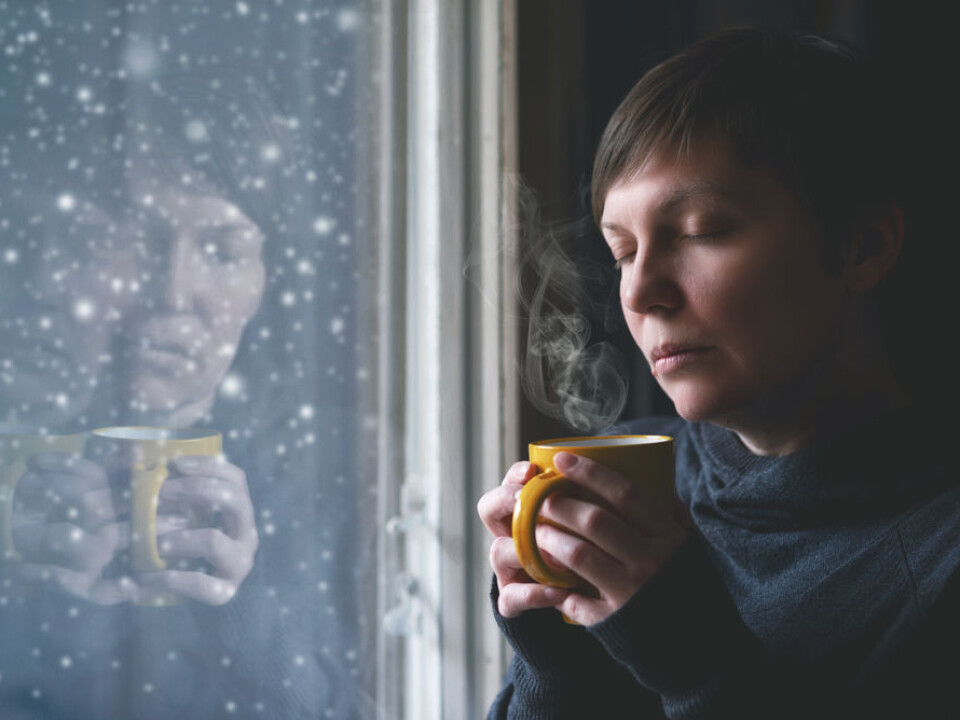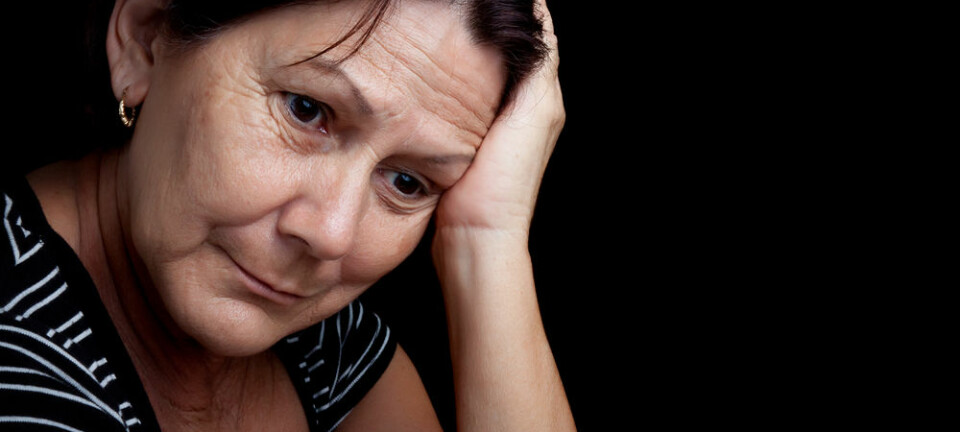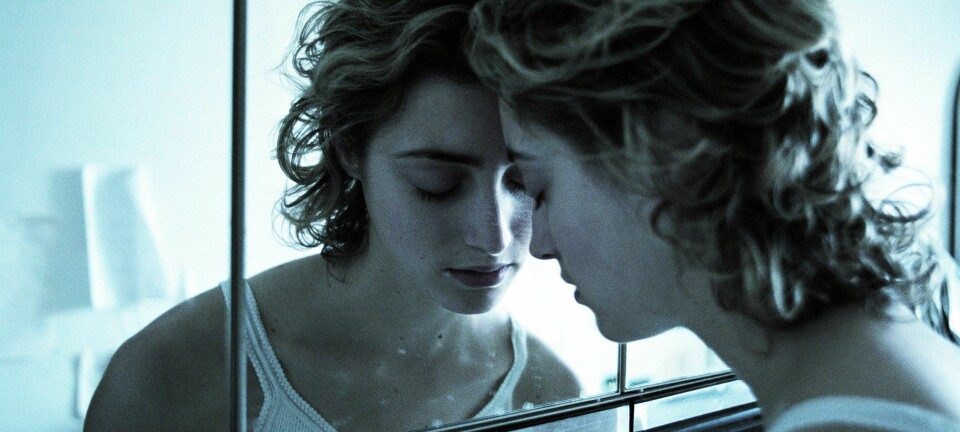
SAD starts in the eye
People with vision-loss could be three times more likely to develop seasonal affective disorder than those with normal vision, says a new study.
If you are visually impaired, the risk of developing winter depression--seasonal affective disorder (SAD)--is almost three times as high as those with normal vision.
These are the conclusions of a new study published in the scientific journal British Journal of Psychiatry.
“This study provides new and relevant knowledge about the frequency of SAD among blind and visually impaired people,” says Shakoor Ba-Ali, a PhD student and ophthalmologist at the University of Copenhagen, Denmark.
“It gives us a reason to investigate if the cause of a very complex disorder is actually to be found in the retina of the eye--and not in the brain,” says Ba-Ali, who was not involved in the research.
Worse being visually impaired than completely blind

The study found that a higher proportion of people with vision loss suffered from SAD compared to people who were either totally blind or normal sighted.
In a survey of 1,647 blind and visually impaired people and 2,275 normally sighted people, 17.3 per cent of the visually impaired suffered from winter depression, whilst 13.2 per cent of the blind and 7.6 per cent of those with normal vision were affected.
The results came as a big surprise to the scientists behind the study.
"Reduced light has a significant impact on the development of winter depression, so our hypothesis was that blind people would develop winter depression more often than the general population,” says co-author Associate Professor Ida Hageman from, University of Copenhagen, Denmark, and head of the Psychiatric Centre Copenhagen.
“But we didn’t expect to see that people who still retain a perception of light would actually be the most [affected]," she says.
Partial sight is more dependent on light
So what is the explanation? Why is that partially sighted people are most affected by SAD?
Scientists do not really know. But many suggestions point towards SAD starting in the eyes.
"One possible explanation could be that there’s an upwards adjustment of specific photoreceptors--cells in the retina that monitor brightness--in the visually impaired,” says Ba-Ali.
“These photoreceptors are very important for synchronization of our internal biological clock to light and circadian rhythms," he says, adding that previous research from The Glostrup Eye Clinic, Denmark, suggests that some visually impaired people experience a bigger response in their photoreceptors, than those with normal vision.
This suggests that visually impaired people are more sensitive to changes in light, despite their poor vision.
Blind people may unknowingly perceive light
According to Hageman, it is possible that in some blind people, light still reaches the brain. This may help to explain why blind people seem to suffer less from winter depression compared to those with impaired vision.
In recent years, scientists have discovered cells in the retina, which have nothing to do with the conscious perception of light, but are nonetheless capable of detecting light, she says.
Even if you are completely blind and have no conscious perception of light, these cells may be sending light signals to your brain.
Shades of blindness
Psychiatrist Helle Østergaard Madsen, from the Psychiatric Centre Copenhagen, takes this explanation further. According to her, there are actually two types of complete blindness.
Madsen has published a scientific paper in the British Journal of Psychiatry, where she compared the occurrence of SAD amongst groups of blind and visually impaired people.
"One group had functioning light receptors while the other group, perceived no light at all, for example people who’d had their eyes surgically removed," she says.
Some totally blind people have a disturbed circadian rhythm, where they sleep sporadically during the day and are unable to get a good night's sleep, whilst others, who have no light perception, maintain their circadian rhythm.
"Unconscious light perception may be intact with this last group," she says.
It is possible that the special light receptors that subconsciously tell the brain how bright it is are partially destroyed in some visually impaired people.
For them, the brain may not receive enough light to maintain a stable mood, even though they can consciously perceive the difference in brightness.
Blind people may benefit from light therapy
The new research not only provides new information about the mechanisms of SAD. It also suggests that light therapy could be an effective treatment for blind people suffering from the condition.
"The good news is that it makes sense to offer light therapy, and this is also true for the blind," says Hageman.
So long as the light capturing cells in the retina are at least partially functional, then the use of bright light as a therapy against the winter blues could be an effective treatment.
-------------
Read the Danish version of this story on Videnskab.dk
Translated by: Catherine Jex










